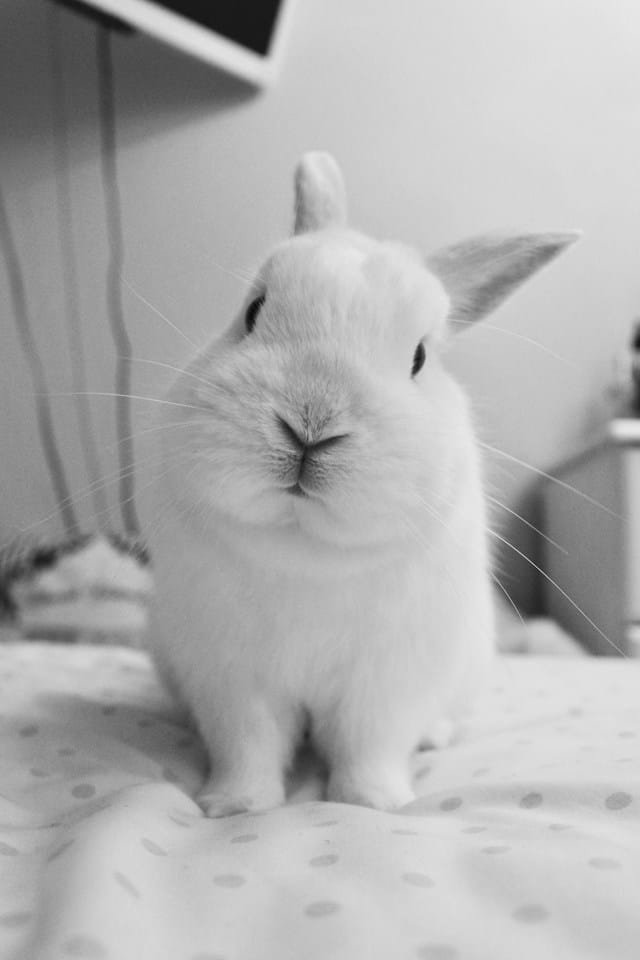What Are the Health Implications of Overbreeding in Pet Rabbits?

Rabbits. Just the word might evoke images of frolicking, fluffy, cute creatures nibbling on carrots or hopping around in the grass. Indeed, these adorable animals have become a beloved choice of pet for many households across the globe. Yet, there’s a darker side to our affection for rabbits. Overbreeding of these animals is causing a host of severe health issues. As pet owners, or potential pet owners, it’s crucial for you to understand what these problems are, how they arise, and what can be done to prevent them.
The Rabbit Breeding Boom and Associated Issues
As pet rabbits grow in popularity, so has the demand for various breeds. This has led to a rise in breeding, often by individuals who lack the necessary knowledge and experience. The result? An alarming trend of inbreeding and overbreeding, causing significant animal welfare problems.
Avez-vous vu cela : Creating a safe garden for your pet
Here’s the thing: inbreeding in rabbits, much like in dogs, increases the risk of genetic health issues. The practice of closely breeding animals (especially animals with a common ancestor) can lead to a higher incidence of genetic disorders. These can manifest as physical deformities, organ problems, or affect the overall health and longevity of the animal.
The problem intensifies with overbreeding. Female rabbits, or does, are often bred too frequently, causing health issues like uterine diseases and premature death. What’s more, the welfare and health of the baby bunnies are often compromised, leading to high infant mortality rates.
Lire également : Exercises to keep your dog fit
Health Problems Faced by Overbred Rabbits
The health implications of overbreeding in pet rabbits are significant and varied. Here we’ll address the most common issues arising from this practice.
Firstly, overbred does can suffer from a host of reproductive health issues. This includes uterine cancer, which is particularly common in rabbits. Other complications can arise from the physical stress of frequent pregnancies, such as dystocia (difficult birth), and metritis (inflammation of the uterus).
The offspring of overbred rabbits are also at risk. They can suffer from genetic disorders like malocclusion (improper alignment of teeth), which can impact their ability to eat and lead to starvation. Other common genetic problems include ‘splay leg’ (a condition where the legs spread out to the side, affecting mobility), and ear deformities.
Inbreeding and Its Genetic Aftermath
Inbreeding is a significant concern when it comes to overbreeding. As mentioned earlier, closely breeding animals increase the risk of genetic health issues. But what exactly does this mean for our furry friends?
Specifically, inbreeding in rabbits can lead to a limited gene pool, resulting in a higher chance of harmful genes being passed on to the offspring. This translates into a higher likelihood of genetic disorders like the ones mentioned earlier.
In addition, inbred rabbits have shown to have weaker immune systems, making them more susceptible to diseases. There’s also evidence suggesting that inbred animals may be less fertile, which could contribute to a decline in rabbit populations in the long run.
The Role of Breeders and Owners
The rise in rabbit health issues due to overbreeding points to the need for responsible breeding practices. Breeders must be educated about the implications of inbreeding and overbreeding to ensure the welfare of these animals.
As pet owners, you also play a crucial role in preventing these issues. If you’re thinking about getting a pet rabbit, consider adopting one from an animal shelter instead of buying one. Not only will this help to reduce the demand for overbred rabbits, but you’ll also be giving a home to a bunny in need.
If you do choose to buy a rabbit, make sure it’s from a reputable breeder who prioritizes the health and welfare of their rabbits over profit. Ask questions about the rabbit’s lineage to ensure they are not inbred and check that the female rabbits are not being overbred.
Consequences on the Ecosystem
While it might seem that the health implications of overbreeding in pet rabbits only affect the animals themselves, the consequences can also extend to the broader ecosystem. Rabbits released into the wild by owners who no longer wish to care for them can become a serious pest issue.
Overbred rabbits, often being genetically weaker and less robust, are often ill-equipped to survive in the wild. However, those that do survive can breed rapidly and cause significant damage to the local flora and fauna. This further underlines the need for responsible pet ownership and breeding practices to ensure the welfare of not only our pet rabbits but also our surrounding ecosystems.
The Need for Public Awareness and Advocacy
The issue of overbreeding in pet rabbits is not just a concern for breeders and owners, but also for the general public. Public awareness plays a vital role in addressing and resolving this problem. Despite the rising popularity of rabbits as companion animals, public knowledge about their proper care and breeding is often lacking. People often find themselves charmed by their adorableness, oblivious to the potential health issues that these animals might be facing due to inbreeding and overbreeding.
If you’re a rabbit owner or someone genuinely concerned about animal welfare, educate yourself about the consequences of overbreeding and inbreeding. Understand the health issues like dental problems, genetic disorders, and uterine diseases that these adorable creatures may face. Be aware of the fact that overbred rabbits often end up in animal shelters or humane societies, facing an uncertain future.
Share your knowledge and concern with others, whether they’re potential pet owners or not. This could be through social media, community events, or local clubs. Remember, the more people know about these welfare issues, the more likely they are to make informed decisions about pet ownership or rabbit breeding.
Conclusions: Towards a More Compassionate Future
In conclusion, overbreeding in pet rabbits is a significant welfare issue. It can lead to serious health problems, declining populations, and a cascade of effects on the ecosystem. Not to mention the distress it causes on the individual animals themselves. As a society that values our furry friends, it’s our responsibility to understand the implications and work towards a solution.
Rabbits are not just cute, fluffy creatures for our amusement. They’re living beings deserving of respect and care. Adopting responsible breeding practices, making informed decisions as pet owners, and raising public awareness about the welfare issues affecting these animals can go a long way in ensuring a brighter future for our pet rabbits.
Remember, the health and welfare of our pet rabbits are largely in our hands. Whether you’re a breeder, a pet owner, or a concerned bystander, you can play a part in improving the lives of these animals. Let’s work together to create a world where every rabbit can live a long, healthy, and happy life.
